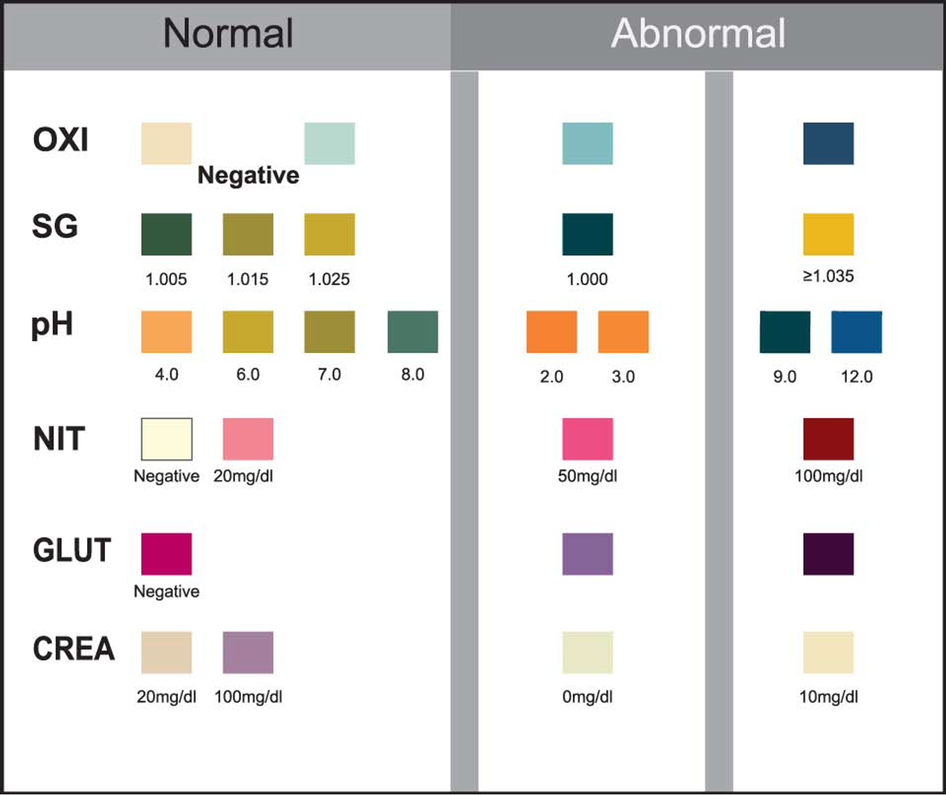Why Adulterant Panels Matter: Enhancing Integrity in Drug Test Cups and Dip Cards
Detailed Overview of Urine Adulterants
Introduction: The Importance of Adulterant Panels in Drug Testing
Adulterant testing plays a critical role in maintaining the integrity and reliability of urine drug screening programs. Individuals undergoing drug testing may attempt to tamper with their samples in order to mask the presence of illicit substances. Adulterants—substances or techniques used to alter urine specimens—can compromise the accuracy of drug test results by interfering with detection or mimicking genuine urine characteristics.
To address this challenge, many modern drug test cups and dip cards include built-in adulterant panels. These panels screen for common indicators of specimen tampering, such as abnormal pH, low creatinine, unusual specific gravity, the presence of oxidants, glutaraldehyde, or nitrites. By incorporating adulterant testing, organizations and laboratories can quickly identify samples that may have been diluted, substituted, or adulterated, thereby ensuring more accurate and trustworthy test results.
For product identification, adulterant panels are often referenced in the part number of drug test devices. Suffixes such as “A3,” “A3A,” or “A6” at the end of a part number indicate the inclusion of specific adulterant (AD) panels. This notation helps purchasers quickly determine which adulteration tests are incorporated into the device, supporting informed selection and compliance with testing protocols.
Oxidants (OX):
Oxidants are substances such as bleach, hydrogen peroxide, and pyridinium chlorochromate (PCC) that can oxidize drug metabolites in urine, potentially leading to false-negative results. These agents are not naturally present in urine; their detection indicates possible adulteration.
pH:
The pH level measures the acidity or alkalinity of urine. Normal human urine pH ranges from 4.5 to 8.0. Values outside this range may suggest the addition of acidic or alkaline substances to the sample, which can interfere with drug detection assays.
Specific Gravity (SG):
Specific gravity assesses the concentration of solutes in urine, indicating its dilution level. Normal values range from 1.003 to 1.030. Deviations may imply dilution or adulteration, affecting the test's accuracy.
Glutaraldehyde (GL):
Glutaraldehyde is a chemical not naturally found in urine. It can interfere with enzyme-based immunoassays, leading to false-negative results. Its presence typically indicates the use of adulterants like UrinAid or Clear Choice.
Nitrites (NI):
Nitrites are not normally present in urine. Their detection suggests adulteration, as they can oxidize drug metabolites, particularly THC-COOH, compromising test results.
Creatinine (CR):
Creatinine is a byproduct of muscle metabolism, consistently excreted in urine. Normal levels range from 20 to 200 mg/dL. Low creatinine levels may indicate sample dilution, a common method to mask drug presence.
| Adulterant | Description | Normal Range | Implication in Drug Testing |
|---|---|---|---|
| Oxidants (OX) | Substances like bleach or hydrogen peroxide that can oxidize drug metabolites, potentially causing false negatives. | Not detectable in normal urine | Presence indicates possible sample adulteration. |
| pH | Measures urine acidity or alkalinity; abnormal levels may suggest tampering. | 4.5 – 8.0 | Values outside this range may interfere with drug detection assays. |
| Specific Gravity (SG) | Indicates urine concentration; abnormal values may point to dilution. | 1.003 – 1.030 | Deviations suggest sample dilution or adulteration. |
| Glutaraldehyde (GL) | Chemical not naturally found in urine; interferes with immunoassays. | Not detectable in normal urine | Detection indicates use of chemical adulterants. |
| Nitrites (NI) | Not normally present; can oxidize drug metabolites, affecting test outcomes. | Not detectable in normal urine | Presence suggests sample adulteration. |
| Creatinine (CR) | Byproduct of muscle metabolism; low levels may indicate dilution. | 20 – 200 mg/dL | Low levels suggest sample dilution to mask drug presence. |
Recent Posts
-
Why Adulterant Panels Matter: Enhancing Integrity in Drug Test Cups and Dip Cards
Detailed Overview of Urine Adulterants Introduction: The Importance of Adulterant Panels in Drug Tes …Jun 4th 2025 -
UScreen® Oral Plus 16-Panel Saliva Flip-Top Cube: Unmatched Coverage, Accuracy, and Ease of Use
Employers and organizations continue to shift toward oral fluid drug testing for its sp …May 28th 2025 -
Understanding Fentanyl and Norfentanyl Testing: Key Information
Fentanyl and Norfentanyl are closely related compounds associated with opioids. With numerous testin …Apr 29th 2024




